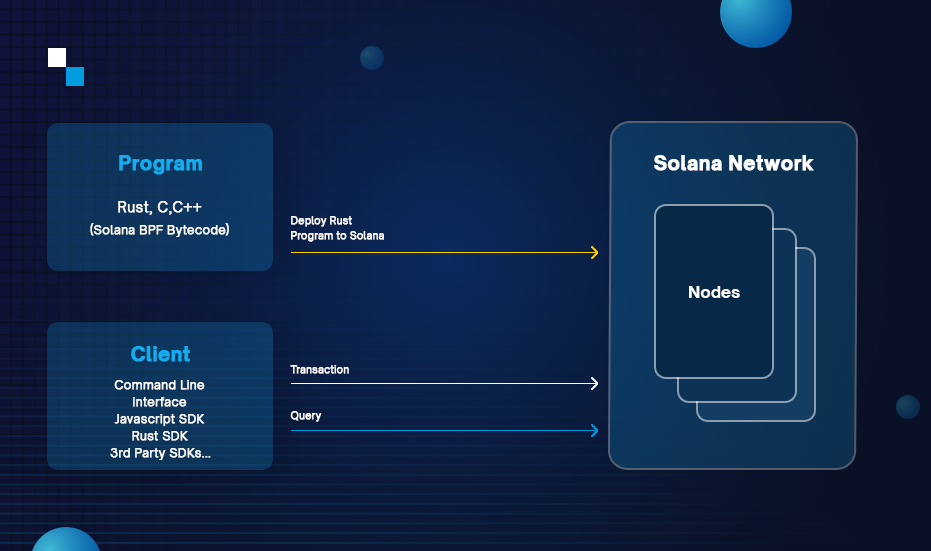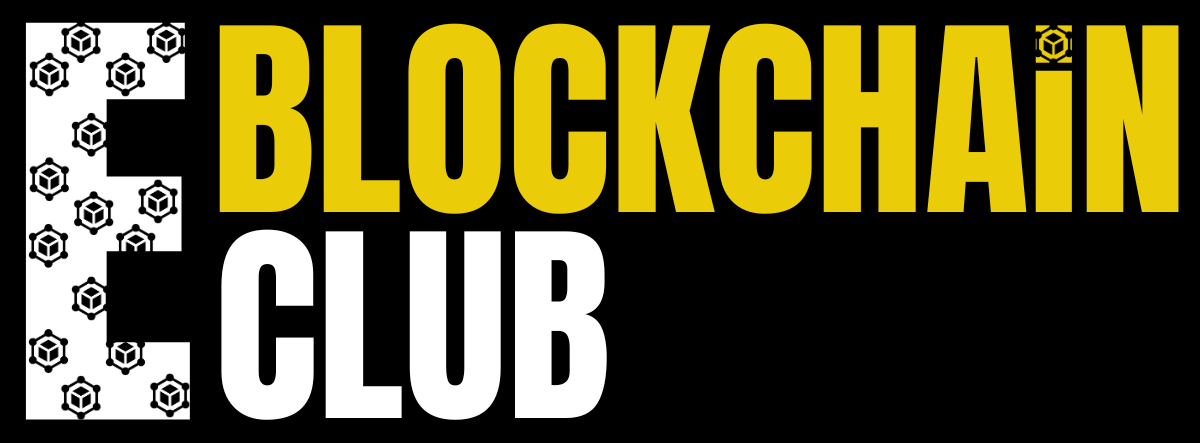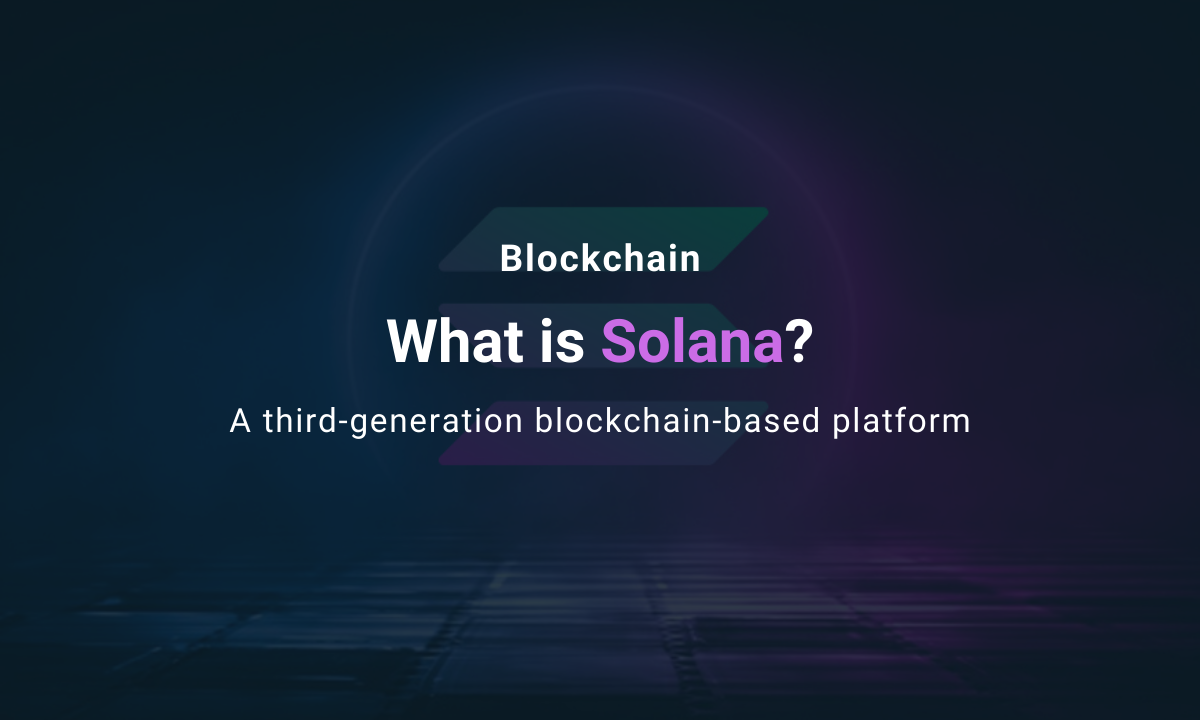Solana! In the block chain space the evolution has been not just quick but also has been in the hype cycle. And in this Hypecycle amidst the chaos of technologies being fungible in day in and day out, Solana shines solely as a third generation of block chain based platform.
Today we are going to get a glimpse of this 3rd Gen Crypto!
What is Solana?

Solana is an open-source blockchain platform created in 2017 by former Qualcomm executive Anatoly Yakovenko. Solana’s primary objective is to improve the scalability. And it does this by keeping the infrastructure costs as low as possible. But we think how does it do that ? Well the architecture of Solana is such that it facilitates the creation and maintenance of smart contracts and Dapps.
Solana supports wide range of decentralized finance platforms and non fungible marketplaces these days.. This makes SOL a versatile solution for different use cases.
If we try to compare Solana with Ethereum than Solana focuses on up scaling multiple blockchains at a same time. Hence one of the features here for Solana is High Scalability.
Now lets try to see how this scalability is achieved and how it works.
How does Solana work?

Solana has a network based architecture. The design of the network is done in such a way that there are eight core components.
- Pipelining: The pipelining is a technology used by Solana for making the transaction faster. The technology uses multiple steps for processing input data and each of these steps has a dedicated hardware assigned.
- Proof-of-history: This component is helping the Block chain to be referenced with Global clock.
- Gulf Stream: Gulf stream defines the time and how the transactions are exchanged between the blocks.
- Sealevel: It is the Processing enginer that assigns the order and execution of transations in the block.
- Turbine: This component defines how nodes validate the transactions that are sent and receive blocks.
- Cloudbreak: The memory mechanism in Solana is used to keep the track of the participant blocks for the balance.
- Archivers: In Solana, the network of nodes where the data is off loaded from validators is called Archiver.
- Tower Byzantine Fault Tolerance Algorithm: This algorithm make sure that the communication between the nodes on blockchain does not get affected due to multiple nodes failure. Tower BFT uses Proof of History as a cryptographic clock and it will help SOL to reach consensus despite of the failing nodes on the blockchain.
By looking at these architectural components it really feels like the technology of Solana is complex and intricate however Solana keeps on optimizing these tech so that it can give better results as a whole.
Now lets look at SOL’s Delegation for Proof of Stake Consensus.
Proof of Stake Consensus:
Solana has created a consensus mechanism called Tower BFT. This mechanism is built with, which is commonly referred as delegated Delegated Proof of stake (DPoS).
DPos uses its very own voting and reputation system to make the Solana network secure by validating the tokens in the transation, newly minted SOL ( token ). Now the beauty is anyone in the network who owns the tokens or rather the SOL tokens can help operate the network as per DPos.
These token can be locked, staked by the participants in the network and the nodes or rather the computers in the network participate to verify or govern the tokens.
Hence considering these points every wondered what makes SOL coin so valuable ?
Follow along…
The USP of Solana :
Now we all know that the blockchain network works on tokens. Solana has SOL coin which works through the network. But the design or rather the User Experience through which the SOL coin traverses through the network has become a Unique Selling Point for SOL Network.
Other unique feature has also been observed by the community is that when the scale of transaction increases in the network the usually blockchain going little down on server as the latency in network increases. In Solana network the PoS ( Proof of Stake ) mechanism selects a single leader node when this happens. This kind of approach streamlines the process, and helps the network reduce the burden and also enables the transaction in the network faster.
Lastly, SOL has been found as the carbon neutral block chain in report of 2021.
This becomes a feather on the hat for the tech community who feel that the technology has to be earth preserving and not earth eating.
As every technology comes with its features it has its own limitations, it continues to improve the security in its source code. The community of developer constantly tries to improve upon the vulnerability and keeps on looking the warm bugs that the hackers, pen testers report.
Interested in knowing about Blockchain and Cryptos? Read our blog eBlockchain Club.

